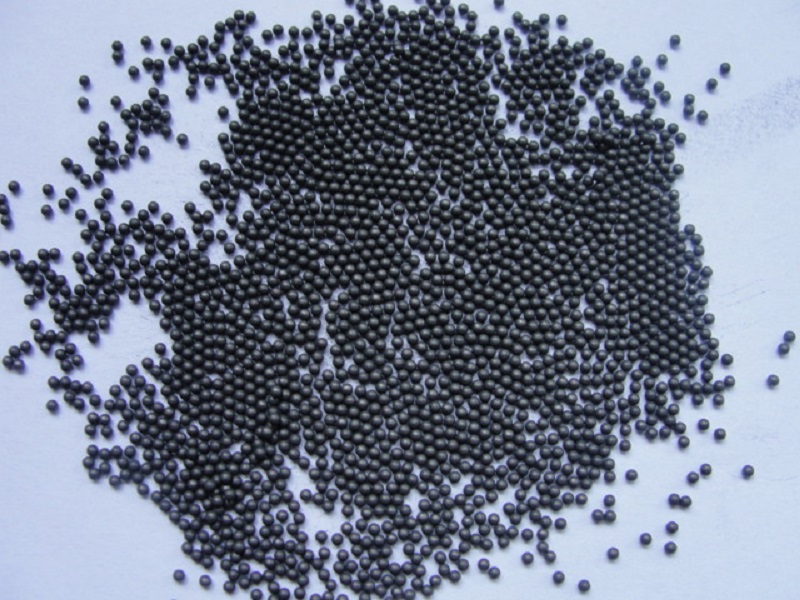Grinding Tungsten Carbide, essentially a powdered metal comprising the elements of tungsten and carbon has been used for mechanical components in applications requiring wear resistance, erosion resistance, toughness, and compress like mechanical shaft seals, pump bearings, valve trim, downhole oil and gas tools for the Oil and Gas, Petrochemical, Energy, and other industries. But though Grinding tungsten Carbide performs well in these applications are some of the resemble characteristics that make incorporating the material into mechanical designs more challenging-from both a mechanical and price perspective.
Tungsten carbide is a very strong element and as we know that diamond is an allotrope of carbon which is so strong that it can break the hammer but the diamond would not be affected in the same way tungsten carbide is also considered very strong and have high resistance to heat.
Unlike metals, Tungsten Carbide does not lend itself to similar fabrication methods such as welding, nor common attachment methods such as threading and bolting. The material is not welded, and threading it requires expensive grinding or EDM operations. Furthermore, as the material will not yield-instead fracturing when its transverse rupture strength is extremely-bolting becomes a mechanical challenge. Further exacerbating design challenges is Tungsten Carbide’s mass, which is greater than two times that of 4140 steel.
For fabrication, assembly, mass, and processing costs, designers have used several joining processes to attach Tungsten Carbide to other primary components or to a transitory metal component such as a threaded insert; among this attachment, methods are brazing, gluing, and shrink-fitting. While every method of attachment has its place, as with mechanical seal faces, valve trim, and many down-hole tools, shrink-fitting offers the highest range of the mechanical function.
Shrink-fitting Tungsten Carbide components change into mating metallic components by the process in which the metallic component is heated to expand its bore beyond the diameter of the Carbide components, and then returning to room temperature as a result in a gripping force described as “interference”. As we considered for the design, interference joints between the Carbide and metallic components are operating temperature, differential pressures, and the mechanical properties of the alloy used.
For those new to designing for grinding Tungsten Carbide components and assemblies, this gives the briefest introduction. Service, design, and cost considerations are myriad, and your qualified Tungsten Carbide manufacturer can assist in designing for satisfactory service and lowest price.
There is a lot more about grinding tungsten carbide which is used in various places. Thank you for reading my article. There is more about tungsten carbide and this is a small part of it so there are many things about this alloy which is made of carbon. To know more about this visit our website by clicking the link https://www.globaltungstens.com/tungsten-carbide/tungsten-carbide-grinding-media.php






